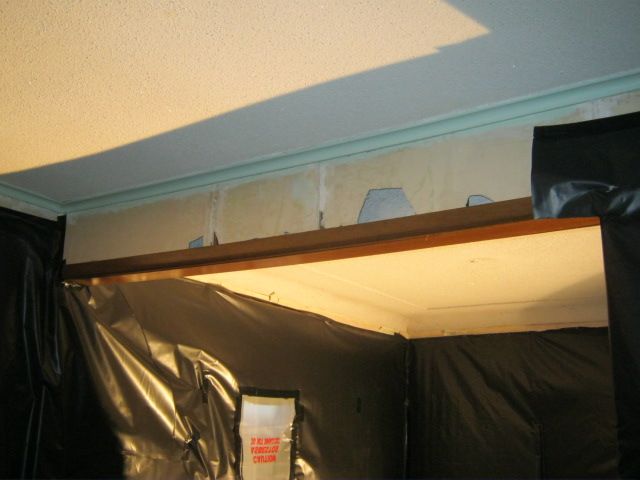
Quite often I get worried householders that ask me about their risks of exposure from living in a home that contains asbestos. As mentioned in previous articles, asbestos containing materials pose a significant risk when these materials are in a relatively good condition and are not being disturbed. So when does the risk of exposure increase at your home?
First, identify asbestos containing materials in your home by having an asbestos inspection conducted by a NATA accredited inspection body such as Safe Environments.
Normal day to day activities
In normal day to day activities the risk of exposure to asbestos from your bonded materials is minor. Cement roofing will be exposed to weather and will be quite aged. This is a topic that I’ve covered previously and can be found here:
https://www.asbestostesting.com.au/news1/contamination-caused-by-corrugated-asbestos-roofing/
Ensuring that the asbestos containing material is maintained well and isn’t damaged is something that should be conducted every so often (annually).
Accidental Asbestos Disturbance
Activities, such as a cement sheet being snapped off, may result in a slightly increased risk of exposure to asbestos. It is important to prevent further exposure by ensuring that any damage to asbestos materials be sealed with the use of paint, glue or similar.
Asbestos Exposure through Renovation/Demolition
Renovation or minor demolition works that are conducted by homeowners are normally when there is a low risk of exposure. This is when precautions are necessary to ensure that the liberation of fibres are kept to a minimum and the risk of exposure is managed.
Precautions include the use of necessary Personal Protective Equipment (PPE), Respiratory Protective Equipment (RPE), dampening down of surfaces prior to removal and ensuring that power tools or high-pressure cleaning equipment are NOT to used.
Asbestos should not be disturbed or removed unless you have proper training, Safe Environments recommend that a licensed asbestos removalist be engaged to remove asbestos containing material prior to any works being undertaken.
It is important to note some general points about asbestos
The risk of developing asbestos-related illnesses is dependent on the inhaled dose of asbestos fibres. The greater the duration and dose of exposure the greater the risk of disease. However, it should be noted that there is no scientific evidence to suggest that one asbestos fibre will cause asbestos-related risks. Everyone has continuous very low level background environmental exposure to asbestos fibres. Other factors such as smoking, coupled with asbestos exposure, can increase the risk of developing lung cancer.
While I have mentioned about doses in relation to illnesses, it must be noted that in most cases self-determining your exposure amount is almost impossible and therefore all necessary care, through the use of PPE, RPE and licensed contractors, is always recommended.
Author: Dennis Clemence

Email: info@SafeEnvironments.com.au
Dennis is a Property Risk Assessor at Safe Environments conducting inspections and assessments of asbestos and hazardous building materials. Dennis completed a Bachelor of Science Degree in Forensic Science at the University of Western Sydney. An action and initiative driven person Dennis has strong communication skills and has provided his time volunteering at a local Community Legal Centre to assist Solicitors in providing legal advice to clients. He has conducted a toxicological audits based on the GHS and Safe Work Australia advising on the general storage, handling and disposal of the various chemicals.

